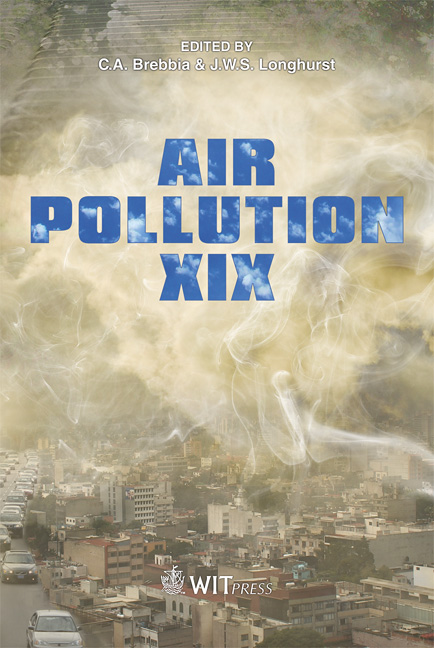Health Impact Assessment Of PM10 And EC In 1985–2008 In The City Of Rotterdam, The Netherlands
Price
Free (open access)
Transaction
Volume
147
Pages
10
Page Range
257 - 266
Published
2011
Size
662 kb
Paper DOI
10.2495/AIR110241
Copyright
WIT Press
Author(s)
M. P. Keuken, P. Zandveld, S. van den Elshout, N. Janssen & G. Hoek
Abstract
The health impact assessment (HIA) PM10 and elemental carbon (EC) was investigated in the period 1985–2008 in the city of Rotterdam. The spatial distribution of the concentrations was modelled by the URBIS model. The modelling results for 2008 were validated by PM10 and EC measurements at various locations in Rotterdam. This paper describes the HIA related to improved air quality in the period 1985-2008: at urban background locations 18 μg.m-3 PM10 and 2 μg.m-3 EC. The gain in life years saved due to long-term exposure to PM10 and EC in this period was, respectively, 13 and 12 months per person. The similar health impacts for PM10 and EC suggests that a reduction of combustion aerosol was important for the reduction in health impact of PM10. It is concluded that EC is a more adequate indicator for HIA of traffic measures than PM10. Keywords: health impact assessment, PM10, EC, historical trend. 1 Introduction Exposure to elevated levels of particulate matter (PM) has been associated with health effects in epidemiological surveys [1]. However, in urban areas the population is exposed in particular to emissions by road traffic related to exhaust emissions, tire/engine wear and re-suspension of road dust. Over the years, a
Keywords
health impact assessment, PM10, EC, historical trend





